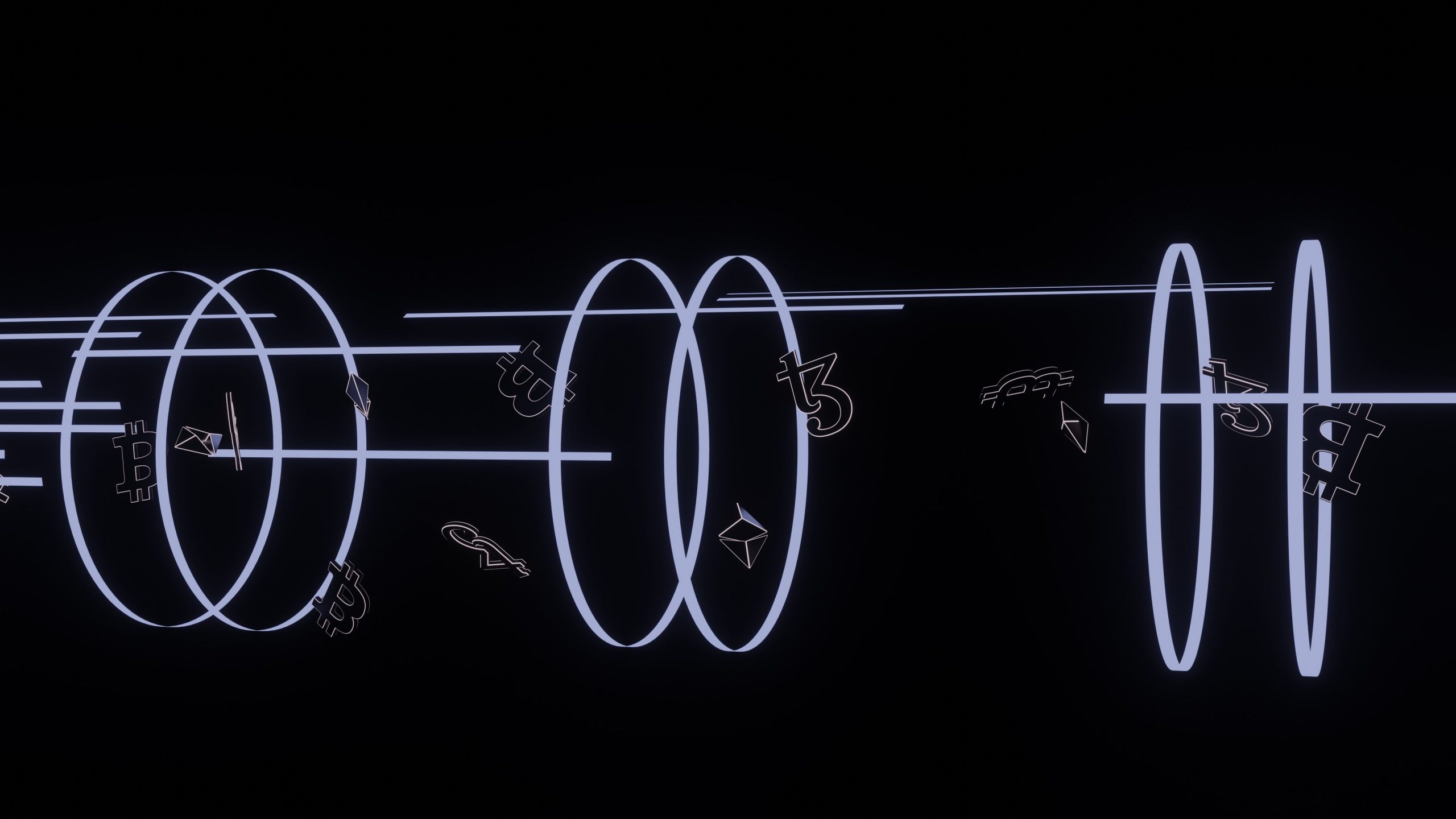Is DeFi Really “Here to Stay”?

The Singapore FinTech Association (SFA) and Smartkarma today released a report on decentralized finance (DeFi).
Titled “Decentralized Finance: A Future Where It Could Integrate With Traditional Finance,” the report touched on a number of key points, including the history of DeFi, the different layers within the ecosystem, and how DeFi can potentially be integrated with TradFi, pending the former’s effective regulation.
According to SFA, the DeFi ecosystem started growing in popularity during the summer of 2020 and has “successfully reimagined the archetypes that drive financial markets,” with users driving a significant growth in TVL (Total Value Locked), due to their interest in DeFi’s non-custodial, self-governed and community-driven nature.
Still, users and developers were (and still are) more likely drawn to DeFi due to the protocols’ exorbitant and often unsustainable yields, but that’s just our opinion.
The report highlighted that many “enthusiasts” and “crypto natives” have “believed in and argued for” (note the past tense) a future where DeFi could actually completely replace centralised financial services.
Nascent Development
However, it also said that DeFi’s “current nascent development could possibly make any conclusive judgment now seem premature,” a statement that we definitely agree on, considering the fact that the promise of DeFi seems too good to be true – in what kind of world would governments and major financial institutions be willing to cede control to a handful of ultra-rich, freedom of speech-seeking crypto nerds, even if the underlying blockchain technology makes it possible?
Related: DeFi is a Rich Nerd’s Pipe Dream
The report also noted that most current DeFi protocols are still centralized to a certain extent, due to reasons such as the presence of centralized development teams at the initial stage of their launch, or a concentration of voting power within certain DAOs.
“Decentralization is actually a spectrum rather than being so black and white,” it wrote.
On whether DeFi would actually become a “threat” to the financial system, the report said that the integration of DeFi with TradFi could actually be beneficial to the traditional financial markets, due to broader financial applications such as CBDCs (central bank digital currencies).
“DeFi could be a testing ground for distributed ledger technologies, which financial institutions could adopt to improve efficiency and lower transaction costs. CBDCs (Central Bank Digital Currencies) that are now being tested and experimented with by various countries are a prime example of how DeFi could positively impact our traditional, centralized financial system,” it said.
Related: Is DeFi Just CeFi if It’s Regulated?
This brings us to the argument of whether DeFi is just another form of CeFi but with the added complexity of blockchain technology if it becomes regulated.
The term Web2.5 has been mentioned countless times in various conferences and panels this year, born out of the sudden realization that achieving full decentralization where cartoon monkeys and computer money become part of our everyday lives might not actually come to fruition in the foreseeable future.
Regulated CeDeFi
So is DeFi actually going to be DeFi moving forward? Or is it just going to be something like regulated CeDeFi, which like Web2.5, just means that decentralization isn’t actually possible and much of it will still be dependent on the accountability that centralized entities provide, at least, for now? At present, it’s a question that no one seems to be able to answer.
The report concluded by stating that DeFi is “much more than just trading tokens or speculating on their price actions,” and that the technology is “here to stay whether one likes it or not,” with breakthroughs possibly happening in the next 6-7 years.
In theory, DeFi is possible and it’s certainly an option when it comes to providing services for the unbanked/underbanked. But in light of FTX’s collapse and Binance’s growing influence, it’s difficult to envision a future where trusted third parties and regulators can be completely removed from the equation. DeFi could be “here to stay,” but the industry needs to come to terms that something completely contrary to expectations might emerge from crypto’s current failures.
